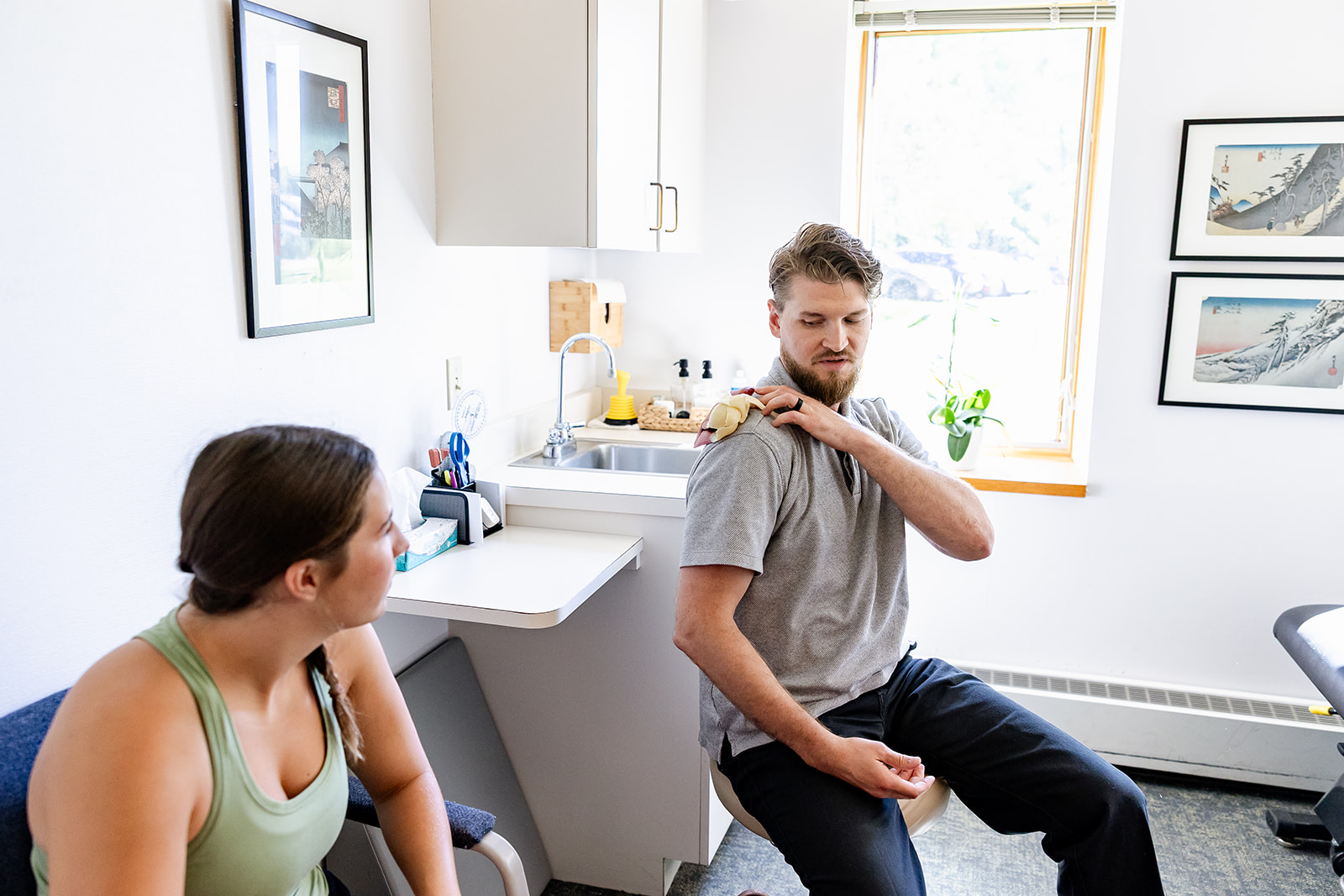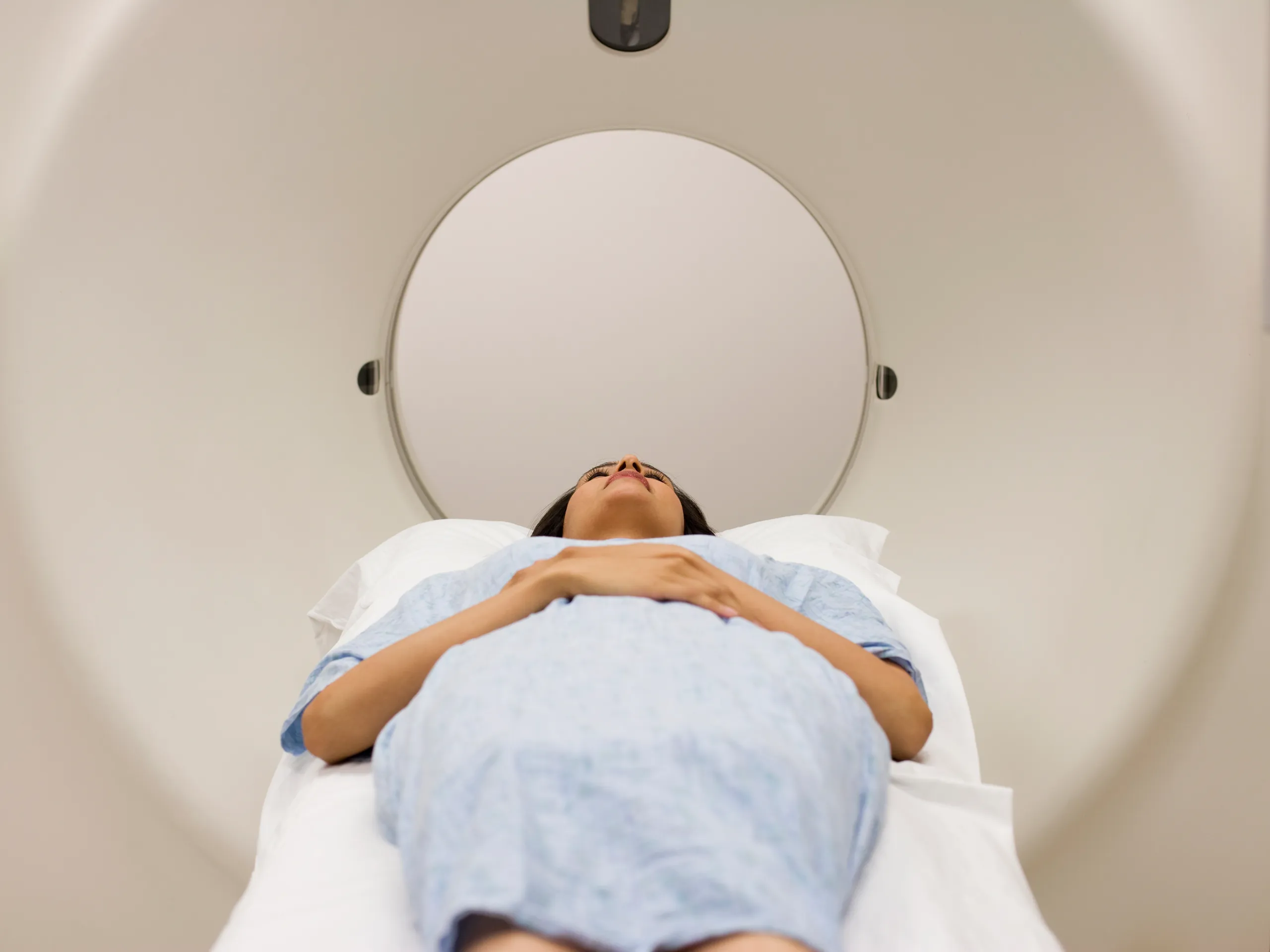Practical Strategies for Holistic Health For Performance and Everyday Living.
Welcome to the Wellness Library

When winter settles in, most of us feel that instinct to hunker down and stay warm. And while a cozy night in absolutely has its place, your body—and honestly, your mood—need movement, sunlight, community, and new experiences more than ever this time of year.
If you’ve been searching for things to do in Minnetonka, winter activities near me, or simply some inspiration to get out of the house, this list is your permission slip to play again. Winter can be healthy, energizing, and surprisingly fun when you know where to look.
Here are some of our favorite ways to stay active, try something new, and make Minnesota winters a little more magical.
❄️ 1. Arctic Fever – Tonka Bay
Every January, the city of Shorewood throws one of the most charming winter celebrations around—and it’s the perfect excuse to bundle up and get outside. Arctic Fever feels like stepping into a classic Minnesota postcard: dog sled rides, kicksledding, curling, s’mores, hot chocolate, and the kind of community energy that makes winter feel downright joyful.
If you’re trying to convince someone that winter can be fun, bring them here.
Arctic Fever – Tonka Bay
⛳ 2. Snowball Open Ice Golf – Birch’s on the Lake
If you’ve ever wondered what Minnesotans do when the golf courses close… well, we simply move them onto the lake.
The Orono Lions’ Snowball Open is quirky, lively, and honestly a blast. Eighteen holes of ice golf on Long Lake in front of Birch’s on the Lake—complete with hot drinks, good company, and that carefree feeling of playing outside when everyone else assumes winter is a “stay inside” season.
Snowball Open Ice Golf
🎅 3. Breakfast With Santa at Birch’s on the Lake
If you’re looking for family-friendly activities near me, this one is a classic. Breakfast with Santa is festive without being chaotic, fun without sugar overload, and memorable for kids and adults alike.
Plus, Birch’s on the Lake is beautiful in winter—warm lighting, lake views, and a menu you’ll actually enjoy.
Breakfast with Santa
🎿 4. Winter at the Arboretum – Snowshoeing
The Arboretum is peaceful year-round, but there’s something magical about wandering through snow-covered trails in the quiet of winter. Snowshoeing is low-impact, cardiovascular, grounding, and a perfect winter activity for anyone who wants to move their body without needing full winter sports gear.
With eight miles of trails and the option to rent snowshoes, it’s one of the easiest ways to get outside, get your heart rate up, and clear your mind.
Snowshoeing at the Arboretum
🎄 5. Everly Farms “Christmas at the Farm”
Formerly Minnetonka Orchards, Everly Farm is quickly becoming one of the sweetest winter traditions in the west metro. Think: fresh-cut trees, a holiday train that winds through the orchard, twinkling lights, festive music, and a gift barn that makes you want to buy everything handmade.
And if you’re hungry? Their Tasting Room’s seasonal menu (especially the coal-fired pizza) is reason enough to make the trip.
Christmas at the Farm
🔥 6. Sauna in the Parks – Shady Oak Beach
Cold outside? Perfect. That’s what makes this one so fun.
The wood-fired sauna at Shady Oak Beach is one of the most unexpectedly beautiful winter experiences near Minnetonka. You sit in a warm, glowing sauna surrounded by cedar and panoramic lake views—and if you’re feeling bold, you can take an optional cold plunge in the lake.
It’s deeply relaxing, hugely beneficial for circulation and mood, and arguably the most “Minnesota in winter” thing you can do.
Sauna in the Parks
❤️🔥 7. Red Light Therapy at Embody Health and Performance (Inside The Marsh)
Let’s be honest: winter can take a toll. Less sunlight, more indoor hours, slower recovery, lower energy. This is where medical-grade, full-body Red Light Therapy can help fill the gap.
At Embody Health and Performance, our red light therapy supports:
- Reduced inflammation
- Quicker exercise recovery
- Improved skin + collagen health
- Boosted cellular energy
- Support for seasonal mood and circadian rhythm
And because we’re located inside The Marsh in Minnetonka, you get the privacy and calm of a wellness clinic—not a busy gym or spa.
Red Light Therapy at Embody
🥌 8. Curling at the Chaska Curling Center
If you secretly get obsessed with curling during the Winter Olympics, this is your chance to try it yourself. And yes—it’s just as fun as it looks.
Whether you sign up for a lesson or book a private group experience, curling is approachable for all ages and fitness levels. You’ll learn the basics, practice some drills, and end with a little friendly competition.
Curling Group Events
🧖♀️ 9. Warm Up With a Day Pass at The Marsh
Some days, it really is just too cold. (Even your dog agrees.)
On those days, a day pass at The Marsh is a healthy, restorative alternative to staying home. You can walk the indoor track with marshland views, unwind in the warm therapy pool, or enjoy the steam room and sauna.
It’s movement, recovery, and stress relief all in one place.
The Marsh
Your Invitation to a Healthier, Happier Winter
Minnetonka has no shortage of winter adventures—you just need to know where to look. Whether you’re snowshoeing trails, curling with colleagues, sitting in a lakeside sauna, or trying Red Light Therapy at Embody, every one of these activities supports your body, your mood, and your well-being.
This winter, try something new. Move your body. Get some fresh air. And rediscover what makes Minnesota winters special.
Here’s to staying healthy—and having fun—all season long.
Recent reads
These posts are getting popular
Here are some of our trending blog posts
Why Timing Matters In Sports Therapy and Rehab for Surgery and Recovery
Why Does My Body Feel Like It's Breaking Down?
Understanding Pain During Exercise: What's Normal And What Needs A Closer Look
Restore & Rebuild
Articles focused on pain, injury rehab, movement dysfunction, pelvic health, and post-op recovery. The why behind symptoms and how to heal the whole system.
Train with Purpose
Posts centered on performance coaching, strength, mobility, recovery strategies, and training the body to move better and last longer—without the burnout.
Rooted Living
For everything from nutrition, hormones, sleep, and stress to gut health and sustainable self-care—because wellness starts with the foundation.
Whole-person care. Built for the long haul.
ABOUT EMBODY
At Embody, we do things differently. We combine physical therapy, sports performance coaching, acupuncture and functional wellness to help you move better, feel stronger, and live with more capacity—not just for today, but for the long term.
Our approach is principle-based and relationship-driven. That means no symptom-chasing, no cookie-cutter protocols, and no rushing through appointments. Just real care that gets to the root, adapts with you, and actually works. Whether you're here to recover, rebuild, or optimize—we’re all in.
Let’s get to it.









